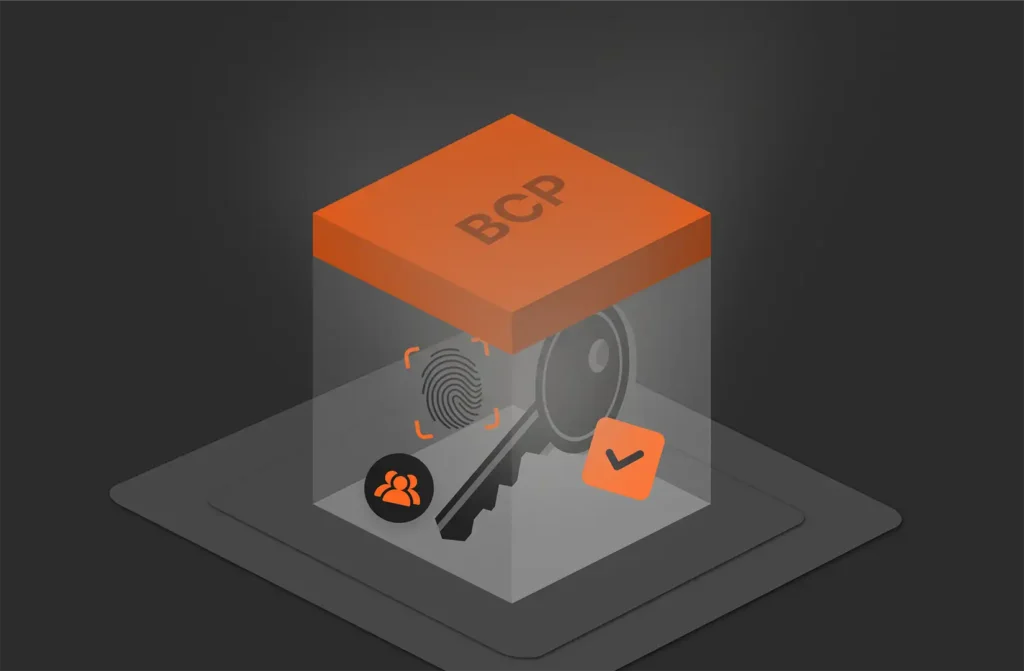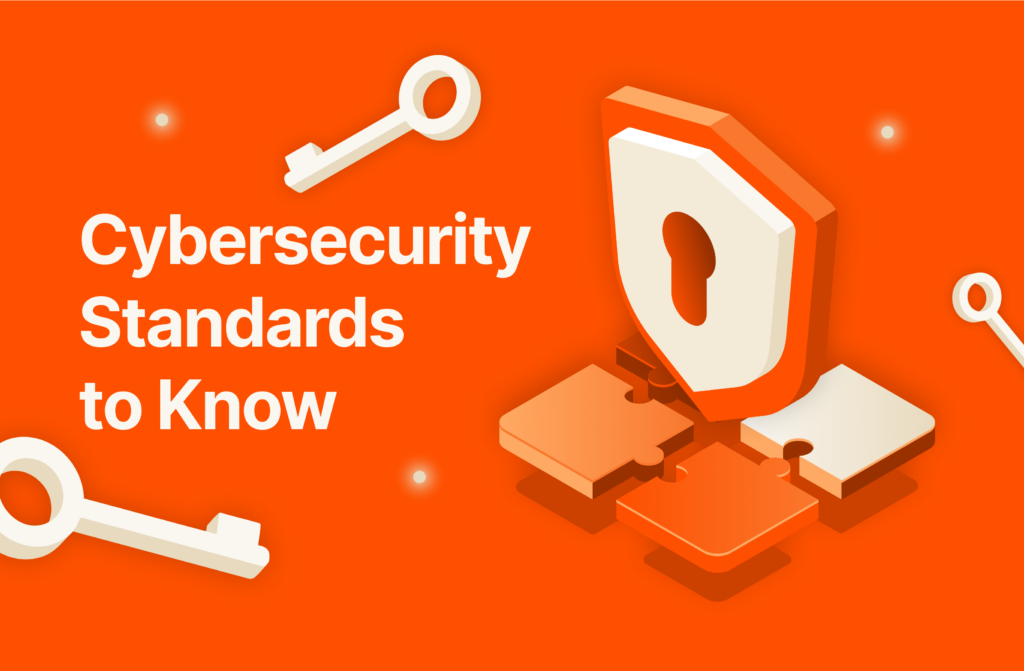Summary
Cyber extortion is a type of cybercrime that’s surging. While these types of attacks can have dire and expensive consequences, taking preventative measures can help you reduce risk and safeguard your digital assets.
Cyber extortion is a malicious practice where attackers threaten individuals or organizations with digital harm—such as data breaches, denial of service attacks, or exposure of sensitive information—unless a ransom is paid. This form of cybercrime has surged as the digital landscape grows increasingly interconnected, with businesses, governments, and individuals becoming prime targets.
The global cost of cybercrime is projected to reach $10.5 trillion annually by 2025, with a substantial portion attributed to cyber extortion.
Cyber extortion is often confused with ransomware, but they are not interchangeable. Ransomware is a form of cyber extortion that specifically leverages encryption as the primary means of coercion, whereas cyber extortion can involve a wide range of threatening tactics.
Read on to learn:
- How cyber extortion works, including the common tactics attackers use
- Real-world examples that illustrate its impact on victims
- Preventative measures to reduce risk and safeguard your digital assets
Common Cyber Extortion Methods
Cyber extortionists employ a variety of techniques to pressure victims into meeting their demands. Here are the most prevalent methods, along with examples and explanations of their execution.
Ransomware Attacks
Ransomware involves malicious software that encrypts a victim’s data, rendering it inaccessible until a ransom is paid to obtain the decryption key.
Cybercriminals typically deploy ransomware through phishing emails, malicious attachments, or compromised websites. Once installed, the malware locks critical files and displays a ransom note demanding payment, often in cryptocurrency.
Ransomware attacks surged in 2024, leading to a record $459.8 million paid to cybercriminals.
Distributed Denial of Service (DDoS) Attacks
In DDoS attacks, cybercriminals overwhelm a target’s servers or networks with an immense volume of traffic, disrupting operations and making services unavailable. Attackers use botnets—networks of compromised devices—to flood the target’s system with requests. They then demand payment to stop the attack and restore normal functionality.
DDoS attacks surged 46% in the first half of 2024.
Data Breaches and Threats of Exposure
Cybercriminals steal sensitive data and threaten to release it publicly or sell it on the dark web unless a ransom is paid. Data breaches often exploit vulnerabilities in software, weak passwords, or insider threats to gain access to critical systems and exfiltrate data. Data breaches wreaked havoc on businesses from data management to healthcare in 2024.
Sextortion
Sextortion involves threats to release explicit images or videos of a victim, real or fabricated, unless a ransom is paid. Cybercriminals often use phishing or social engineering to claim they have compromising material, preying on the victim’s fear and embarrassment to extract payment. Sextortion scams surged during the COVID-19 pandemic, with attackers sending emails claiming to have hacked webcams or email accounts, demanding Bitcoin to delete the alleged footage.
Threats against Critical Infrastructure
Attackers often target essential services—such as power grids, water supplies, or transportation systems—threatening severe disruption unless paid. Cybercriminals exploit vulnerabilities in outdated systems or through advanced persistent threats (APTs). The Colonial Pipeline ransomware attack in 2021 forced the shutdown of a major U.S. fuel pipeline, causing widespread disruptions. The attackers demanded millions in ransom, part of which was eventually paid.
Impact of Cyber Extortion on Businesses
Cyber extortion can have far-reaching consequences that extend beyond immediate financial loss.
These include:
Long-term Financial Impacts
Cyber extortion often results in indirect financial losses such as recovery costs and regulatory fines. Businesses sometimes spend upwards of $1.4 million to recover from ransomware attacks when factoring in downtime, legal fees, and system restoration expenses. Also, cyber insurance premiums have risen dramatically as insurers face increasing claims, further straining budgets.
Operational Disruptions
Cyber extortion attacks can bring business operations to a halt, affecting productivity and service delivery. In high-profile cases like the Colonial Pipeline attack, operational disruptions cascaded through supply chains, affecting industries nationwide. Service outages ultimately frustrate customers, leading to churn and loss of trust.
Reputational Damage
Even if businesses recover financially, their reputation may suffer long-term damage. Publicized breaches erode confidence, particularly in industries like finance and healthcare, where data security is paramount. Leaked intellectual property or trade secrets can weaken a company’s market position.
Identifying and Addressing Cyber Extortion Vulnerabilities
Understanding and addressing vulnerabilities is crucial for businesses to protect themselves from cyber extortion.
These are the most common weak points cyber extortionists use:
- Outdated software and systems: Unpatched operating systems, applications, or hardware often have known vulnerabilities that attackers exploit.
- Weak or stolen passwords: Simple or reused passwords make it easy for cybercriminals to gain unauthorized access.
- Lack of multi-factor authentication (MFA): Systems without MFA are more vulnerable to unauthorized logins.
- Insider threats: Employees, whether negligent or malicious, can inadvertently expose sensitive data or provide attackers with access.
- Misconfigured systems: Incorrect security settings on databases, cloud services, or network devices can leave them exposed.
- Phishing and social engineering: Employees who fall victim to phishing emails or social engineering can unknowingly grant attackers entry.
To fix these vulnerabilities:
1. Conduct regular security assessments
Use automated tools to identify weaknesses in software, systems, and networks. This is a key part of becoming cyber resilient. These tools check for known vulnerabilities and compliance with security standards. You can hire ethical hackers to simulate attacks and uncover security gaps. This proactive approach mimics the tactics of cybercriminals. Also, be sure to stay informed about emerging threats and attack vectors through cybersecurity news, forums, and threat intelligence platforms.
2. Implement audits and monitoring
Periodic reviews of IT infrastructure, policies, and practices can help identify gaps in compliance or controls. Continuously monitor system logs to detect unusual activity, such as failed login attempts or unauthorized data transfers. If using vendors or contractors, evaluate their cybersecurity practices to ensure they don’t introduce vulnerabilities.
3. Train employees
Conduct regular cybersecurity training to help employees recognize phishing attempts and other social engineering tactics. Emphasize best practices, such as creating strong passwords, avoiding public Wi-Fi for sensitive tasks, and reporting suspicious activity promptly.
4. Leverage cybersecurity tools and technologies
Modern tools can significantly enhance an organization’s ability to detect and prevent threats.
- Firewall and intrusion prevention systems block malicious traffic and detect intrusion attempts.
- Endpoint detection and response tools monitor and respond to suspicious activities on devices within the network.
- Backup solutions regularly back up critical data and store it securely, ensuring rapid recovery without succumbing to extortion demands.
- Threat intelligence platforms keep you informed of emerging threats and vulnerabilities.
- Zero trust architecture ensures a “never trust, always verify” approach to limit access and minimize potential damage from breaches.
- Tiered storage lets you manage data efficiently and cost-effectively by assigning it to different types of storage media based on its importance, frequency of access, and required performance.
5. Establish a comprehensive cybersecurity framework
A comprehensive cybersecurity framework lets you regularly evaluate potential risks and vulnerabilities to prioritize security efforts. Creating one involves developing and testing a clear incident response plan for responding to cyber extortion attempts, including communication protocols and steps for recovery.
Responding to a Cyber Extortion Attack
When a business becomes a victim of cyber extortion, quick and effective action can significantly mitigate the damage. Here’s a step-by-step guide to respond to such an attack:
1. Assess and contain the threat
Immediately isolate impacted devices and networks to prevent the attack from spreading further. Determine what has been compromised—data, systems, or operations—and the potential impact. Avoid making changes that could erase forensic evidence. Log details of the attack, including ransom demands and malicious communications.
2. Activate the incident response plan (IRP)
Having a pre-established incident response plan is critical. This may include IT staff, legal advisors, public relations personnel, and external cybersecurity experts. Execute predefined steps to handle the breach, communicate with stakeholders, and mitigate damage. Ensure executives are aware of the situation to ensure informed decision-making.
3. Notify law enforcement
Engaging law enforcement early is vital, as they can provide guidance and investigate the attack. In the U.S., report incidents to the FBI’s Internet Crime Complaint Center (IC3). Other countries have similar cybercrime reporting mechanisms. Share relevant information, such as ransom notes, attack patterns, or malicious IP addresses, to aid investigations. Note that authorities often advise against paying ransoms, as it encourages further attacks and doesn’t guarantee data recovery.
4. Engage cybersecurity professionals
Work with experts to investigate the breach, contain the threat, and recover data. Analyze the attack to identify vulnerabilities, assess data integrity, and trace the attackers if possible. Ensure actions comply with regulations, such as GDPR, HIPAA, or other industry-specific rules.
5. Communicate transparently
Inform employees of the situation and provide guidance to prevent further security breaches. If the attack impacts customers, stakeholders, or the public, issue a clear and honest statement. Avoid revealing unnecessary technical details that could aid attackers. A thoughtful and proactive response can help preserve customer trust.
6. Recover and restore operations
Restore data from secure backups if available. Verify that systems are clean and free from malicious code before resuming operations. Patch vulnerabilities, update software, and enhance security measures to prevent recurrence. Implement continuous monitoring to detect any residual threats.
7. Learn from the incident
Conduct a thorough analysis of the attack to identify lessons learned. Refine your cybersecurity framework, incident response plan, and employee training based on insights gained. If you have cyber insurance, work with your insurer to file claims and understand coverage for recovery costs.
Protecting Your Organization
Cyber extortion poses a serious and growing threat to businesses of all sizes. Responding to cyber extortion requires a structured and measured approach. By having a robust incident response plan, involving law enforcement, and leveraging cybersecurity professionals, businesses can mitigate damage, recover effectively, and strengthen their defenses against future attacks.
Proactive measures are the cornerstone of defending against cyber extortion. By understanding the threat landscape, investing in strong cybersecurity practices, and fostering a culture of security, businesses can significantly reduce their risk.
As cybercriminals’ tactics evolve, staying informed and vigilant is essential. Regularly reviewing security measures, training employees, and preparing for potential incidents can make all the difference. Protecting your business starts with awareness, preparation, and a commitment to cybersecurity.
How Pure Storage Can Help You Reduce Cyber Extortion Risk
Pure Storage offers resilient data storage solutions specifically designed to address modern cyber threats, including ransomware and extortion attacks.
Pure Storage offers solutions like SafeMode™ Snapshots, which ensure backup data cannot be modified or deleted by attackers, allowing organizations to quickly recover clean copies of data, minimizing downtime and reducing the leverage attackers have in extortion scenarios.
Pure Storage arrays are designed for high throughput, enabling businesses to rapidly restore terabytes or even petabytes of data.
Pure Storage also provides cost efficiency through data reduction with advanced compression and deduplication, which reduces storage costs. Energy-efficient systems align with ESG goals while maintaining high performance.
The Pure Storage® Evergreen® subscription model provides organizations with instant capacity on demand for isolated sandbox space for analytics and forensics, ensuring an efficient, clean recovery.
And, of course, all vendors should stand behind their promises. That’s why Pure Storage offers cyber security and recovery SLAs to ensure any disruption to your organization’s operations is minimized and you’re back up and running as fast as possible.
Learn more about how Pure Storage helps reduce the risk of cyber extortion.

White Paper, 7 pages
Learn What’s Helping CISOs Sleep Better at Night
And how you can too.

Reduce Your Risk
Find out how Pure Storage can help you avoid cyber extortion.







